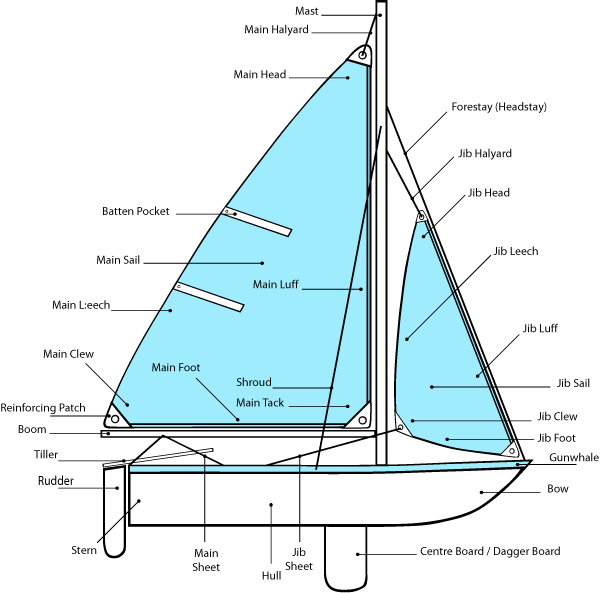When I do research for a book, the romance that surrounds my subject sometimes fades away when certain hard facts come into focus.
Take for instance the fact that the Corps of Discovery ate dog meat to survive.
I know it's cultural. As a rule, we don't eat dogs in the United States. I know that some Asian and African countries do.
Lest you judge the Corps of Discovery too harshly, it was a common practice in time of hunger to eat dogs. There are several instances in the annals of history where pioneers and explorers resorted to the practice.
According to Wikipedia, British explorer Ernest Shackleton and his Imperial Trans-Antarctic Expedition killed their sled dogs for food. Norwegian explorer Roald Amundsen ate sled dogs during his expedition to the South Pole.
During the Siege of Paris (1870–1871), butchers sold dog meat. Dog meat was sold by some butchers in Paris in 1910.
Wikipedia states that in the United States, people used to call sausages "dog." (Hot dogs?) In 1884 there were accusations that sausage makers used dog meat in their recipes. In some cases it proved to be true.
In 1846, a group of 87 American pioneers, known as the Donner Party, in the Sierra Nevada, ate a pet dog.
In late 19th century some people thought dog meat was a cure for tuberculosis. And in the early 1900s, people ate dog due to food shortages.
You can learn more about eating dog meat on Wikipedia, but if you are tenderhearted toward dogs, don't go to the page. The pictures there are graphic and that is why I did not link to that page in my book.
One bright spot for me in my research was learning that Captain Clark, whom Sacagawea calls "Man-With-Red-Hair" in my book, refused to eat dog.
There is no written record of whether or not Sacagawea ate dog meat, but in my book, Sacagawea, I chose to write that she didn't. Most sources agree that she spurned eating both horse and dog.
I have three dogs and I don't think I could ever eat them. But then again, I have never been that hungry. We shouldn't judge people if we have never experienced their path.
Here are pictures of my three adorable dogs. Can you imagine eating them? I can't.
How about you? Could you eat a dog or a horse?
Take for instance the fact that the Corps of Discovery ate dog meat to survive.
 |
| Gaegogi (dog meat) stew served at a restaurant in Seoul, South Korea; source: Wikipedia |
I know it's cultural. As a rule, we don't eat dogs in the United States. I know that some Asian and African countries do.
Lest you judge the Corps of Discovery too harshly, it was a common practice in time of hunger to eat dogs. There are several instances in the annals of history where pioneers and explorers resorted to the practice.
According to Wikipedia, British explorer Ernest Shackleton and his Imperial Trans-Antarctic Expedition killed their sled dogs for food. Norwegian explorer Roald Amundsen ate sled dogs during his expedition to the South Pole.
During the Siege of Paris (1870–1871), butchers sold dog meat. Dog meat was sold by some butchers in Paris in 1910.
 |
| Paris, 1910 |
In 1846, a group of 87 American pioneers, known as the Donner Party, in the Sierra Nevada, ate a pet dog.
In late 19th century some people thought dog meat was a cure for tuberculosis. And in the early 1900s, people ate dog due to food shortages.
You can learn more about eating dog meat on Wikipedia, but if you are tenderhearted toward dogs, don't go to the page. The pictures there are graphic and that is why I did not link to that page in my book.
One bright spot for me in my research was learning that Captain Clark, whom Sacagawea calls "Man-With-Red-Hair" in my book, refused to eat dog.
There is no written record of whether or not Sacagawea ate dog meat, but in my book, Sacagawea, I chose to write that she didn't. Most sources agree that she spurned eating both horse and dog.
I have three dogs and I don't think I could ever eat them. But then again, I have never been that hungry. We shouldn't judge people if we have never experienced their path.
Here are pictures of my three adorable dogs. Can you imagine eating them? I can't.
 |
| Chevy and Jake |
 |
| Frankie (pug) with my mother-in-law, Ellen, at Christmas |
How about you? Could you eat a dog or a horse?
































_Celtic_Wales.jpeg)














